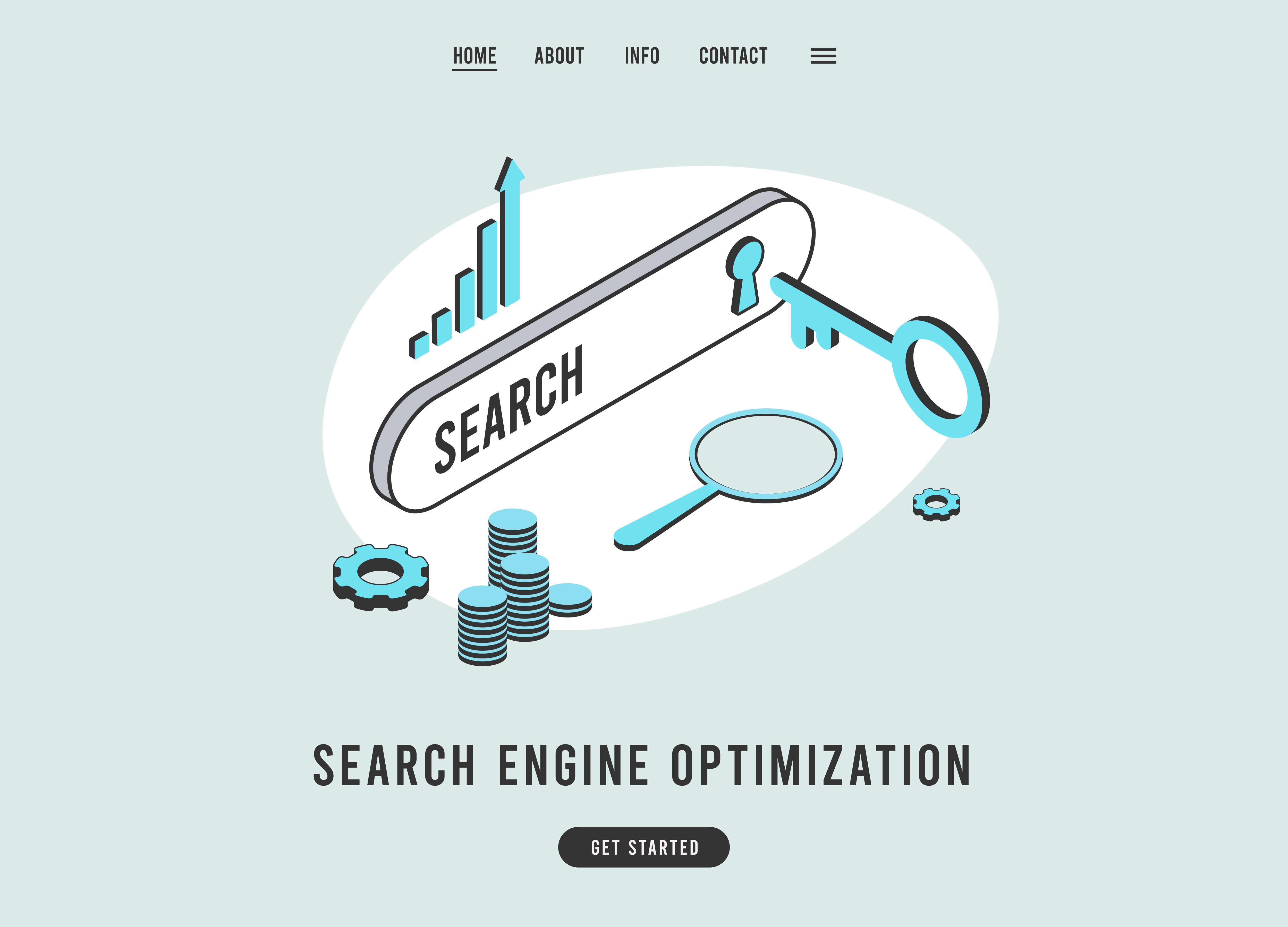
Are you looking for ways to increase the traffic to your domain website? In this blog post, we'll discuss strategies for maximizing traffic to your domain website. We'll cover topics such as optimizing your website for search engines, using social media to drive traffic, and creating content that resonates with your target audience. With these strategies, you'll be able to increase the visibility of your website and attract more visitors.
Optimize Your Website for Search Engines
One of the most effective ways to drive traffic to your domain website is through search engine optimization (SEO). By optimizing your website for search engines, you can improve your website's visibility and attract more visitors. Here are some strategies to help you optimize your website for search engines:
Conduct Keyword Research
Keyword research is the process of identifying the keywords and phrases that your target audience is searching for. By incorporating these keywords into your website's content, you can improve your website's visibility in search engine results pages (SERPs). Use tools like Google Keyword Planner or SEMrush to conduct keyword research and identify the most relevant keywords for your website.
Optimize Your Website's Meta Tags
Meta tags are HTML tags that provide information about your website to search engines. The most important meta tags for SEO are the title tag and the meta description tag. Make sure to include your target keywords in these tags and keep them concise and compelling to encourage clicks.
Create High-Quality Content
Creating high-quality content is essential for SEO. Your content should be informative, engaging, and relevant to your target audience. Use your target keywords naturally throughout your content and make sure to include internal and external links to other relevant content.
Build Quality Backlinks
Backlinks are links from other websites that point to your website. Building quality backlinks is an important part of SEO because it signals to search engines that your website is authoritative and trustworthy. Reach out to other websites in your industry and ask for backlinks, or create high-quality content that other websites will want to link to.
Improve Website Speed and User Experience
Website speed and user experience are important factors in SEO. Make sure your website loads quickly and is easy to navigate. Use a website builder like Hostinger or Network Solutions to create a website that is optimized for speed and user experience.
Use Social Media to Drive Traffic
Social media is a powerful tool for driving traffic to your domain website. By using social media effectively, you can increase your website's visibility and attract more visitors. Here are some strategies to help you use social media to drive traffic:
Identify the Right Social Media Platforms
Not all social media platforms are created equal. Identify the platforms that your target audience is most active on and focus your efforts on those platforms. For example, if your target audience is primarily professionals, LinkedIn may be a more effective platform than Instagram.
Create Engaging Social Media Content
Creating engaging social media content is key to attracting followers and driving traffic to your website. Use a mix of text, images, and videos to create content that is informative, entertaining, and relevant to your target audience.
Use Hashtags to Increase Visibility
Hashtags are a powerful tool for increasing the visibility of your social media content. Use relevant hashtags in your posts to make them more discoverable to users who are searching for content related to your industry.
Engage with Your Audience
Engaging with your audience is important for building relationships and increasing brand loyalty. Respond to comments and messages promptly, and use social media to solicit feedback and opinions from your followers.
Leverage Social Media Advertising
Social media advertising can be a highly effective way to drive traffic to your website. Use platforms like Facebook Ads or Twitter Ads to target your ads to specific audiences based on demographics, interests, and behaviors.
Create Content that Resonates with Your Target Audience
Creating content that resonates with your target audience is essential for attracting and retaining visitors to your domain website. Here are some strategies to help you create content that resonates with your target audience:
Conduct Audience Research
Conducting audience research is the first step in creating content that resonates with your target audience. Use tools like Google Analytics or Facebook Insights to gather data on your audience's demographics, interests, and behaviors.
Identify Your Audience's Pain Points
Identifying your audience's pain points is key to creating content that solves their problems. Use surveys, interviews, or social media to gather feedback on the challenges and issues that your audience is facing.
Create Content that Solves Problems
Creating content that solves your audience's problems is the best way to provide value and build trust. Use your audience research to create content that addresses their pain points and provides actionable solutions.
Use Visuals to Enhance Your Content
Using visuals like images, videos, and infographics can make your content more engaging and shareable. Use visuals to break up text and illustrate key points in your content.
Optimize Your Content for Search Engines
Optimizing your content for search engines is important for increasing its visibility and attracting more visitors. Use your target keywords naturally throughout your content and make sure to include internal and external links to other relevant content.
Leverage Email Marketing
Email marketing is a highly effective way to drive traffic to your domain website and build relationships with your audience. Here are some strategies to help you leverage email marketing:
Build an Email List
Building an email list is the first step in email marketing. Use lead magnets like free downloads or webinars to encourage visitors to your website to sign up for your email list.
Create Engaging Email Content
Creating engaging email content is key to keeping your subscribers engaged and interested in your brand. Use a mix of text, images, and videos to create content that is informative, entertaining, and relevant to your audience.
Use Personalization to Increase Engagement
Using personalization in your email content can increase engagement and build trust with your subscribers. Use their name and other relevant information to make your emails more personal and relevant.
Segment Your Email List
Segmenting your email list allows you to send targeted messages to specific groups of subscribers based on their interests, behaviors, or demographics. Use segmentation to send more personalized and relevant messages to your subscribers.
Use A/B Testing to Optimize Your Email Campaigns
A/B testing allows you to test different elements of your email campaigns to see what works best. Test different subject lines, calls-to-action, or images to optimize your email campaigns and improve your results.
Monitor and Analyze Your Website Traffic
Monitoring and analyzing your website traffic is important for optimizing your website and marketing strategies. Here are some strategies to help you monitor and analyze your website traffic:
Use Google Analytics to Track Website Traffic
Google Analytics is a free tool that allows you to track your website's traffic and analyze user behavior. Use it to track metrics like pageviews, bounce rate, and time on site.
Identify Your Top Performing Pages
Identifying your top performing pages allows you to optimize your website for better results. Use Google Analytics to identify the pages that are attracting the most traffic and adjust your content and marketing strategies accordingly.
Monitor Your Website's Bounce Rate
Your website's bounce rate is the percentage of visitors who leave your website after viewing only one page. A high bounce rate can indicate issues with your website's content or user experience. Use Google Analytics to monitor your website's bounce rate and make adjustments as needed.
Analyze Your Traffic Sources
Analyzing your traffic sources allows you to understand where your visitors are coming from and adjust your marketing strategies accordingly. Use Google Analytics to identify your top traffic sources and adjust your marketing efforts to focus on those channels.
Use Data to Optimize Your Website and Marketing Strategies
Using data to optimize your website and marketing strategies is key to achieving online success. Use the insights from your website analytics to make data-driven decisions and continually improve your website and marketing strategies.
Conclusion
By implementing these strategies, you can increase the visibility of your domain website and attract more visitors. Remember to continually monitor and analyze your website traffic to optimize your strategies and achieve your goals. With affordable web hosting plans and AI website builder Hostinger, you can add an online store or a personal touch to your website. Don't forget to add your business email address domain and address phone number to your website. Use tools like Google Search Console, Google Tag Manager, and Google Analytics to optimize your website for search engines and track your website's performance. With these strategies, you can achieve online success and grow your business.


